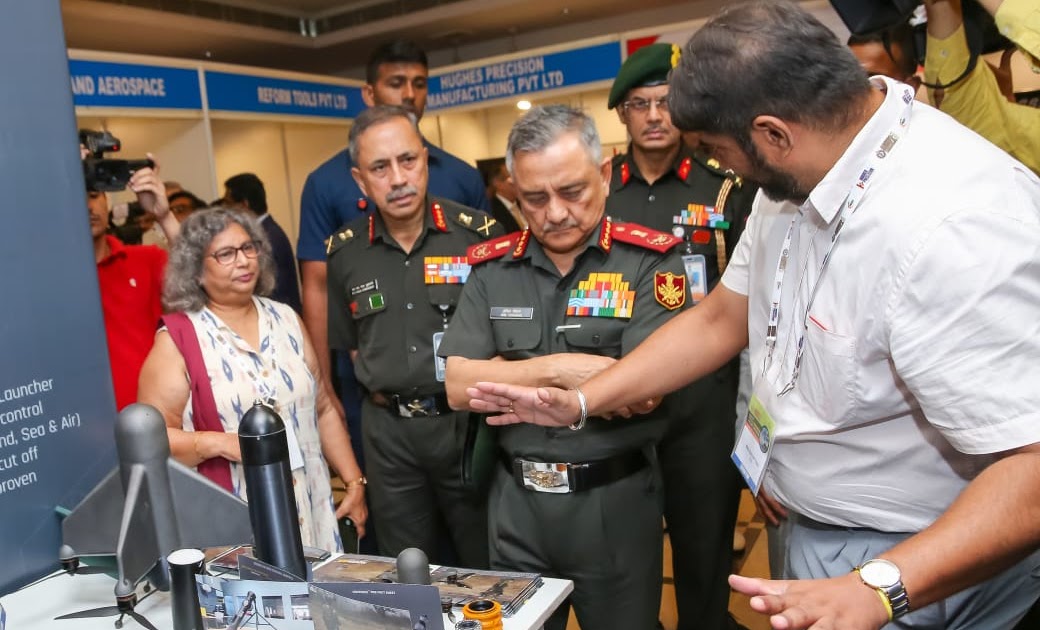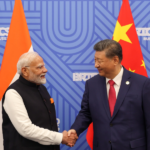
In 2023 the global market for ammunition was INR 1,29,260 crores (US$ 15.5 bn). In 2032, it is expected to increase to INR 1,84,092 crores (US$ 22.0 billion)
By Vikas Gupta
Defence News of India, 8th Aug 24
India’s stated aim of becoming a global powerhouse in defence manufacturing can begin with consolidating its position in the ammunition market, says AMMO India 2024, a collaborative report that FICCI and KPMG released on Thursday.
The report underscores the opportunities that lie ahead for India’s ammunition industry, given the “prevailing geopolitical conflicts, increase in military spending and rising insurgency.”
In 2023 the global market size for ammunition was pegged at INR 1,29,260 crores (US$ 15.5 billion) with heavy calibre ammunition accounting for 53.48 per cent of the global demand. This was followed by grenades, mines and mortars at 23.27 per cent and medium calibres at 12.84 per cent.
Fuelled by these demand drivers, global ammunition production is expected to increase to INR 1,84,092 crores (US$ 22.0 billion) in 2032, increasing at a compound annual growth rate (CAGR) of 3.95 per cent.
The report says “Indian ammunition is on a fast track to grow, driven by a combination of strategic initiatives and pressing security needs.”
According to KPMG: “Given the ammunition market is witnessing substantial growth we estimate the current market was worth INR 7,057 crore (US$ 844 million) in 2023, which is about 5.5 per cent of the global ammunition industry.”
“Over the period 2023-2032 we anticipate the Indian market to increase at a CAGR of 4.93 per cent to INR 11,981 crore (US$ 1.4 billion), said KPMG.
The Indian ammunition industry has traditionally been dominated by government-owned entities, namely Defence Public Sector Undertakings (DPSUs) and Ordnance Factories (OFs).
“Despite their significant contribution, these organisations have faced legacy issues such as outdated technology, inefficiencies, and supply chain constraints, limiting their ability to meet demands. This has catalysed the need for a more dynamic and responsive production ecosystem,” said KPMG.
“The sector has seen a surge in investments from both domestic and international players. Liberalisation of defence production policies and initiatives like ‘Make in India’ have played a crucial role in attracting private sector participation,” it said.
Small-calibre ammunition comes in a variety of sizes, including 5.56 millimetres (mm), 7.62mm, 9mm and 12.7mm. Indian armed forces mostly use 5.56 x 45 mm NATO rounds.
Medium-calibre ammo includes high performance 20mm, 25mm, 30mm and 40 mm. This calibre of ammunition is usually fired by armoured fighting vehicles, aircraft, anti-aircraft artillery and ships.
Finally, there is heavy calibre ammunition, which includes 105mm and 120mm tank ammunition. The Indian military is moving towards standardising its artillery guns at 120mm calibre.






